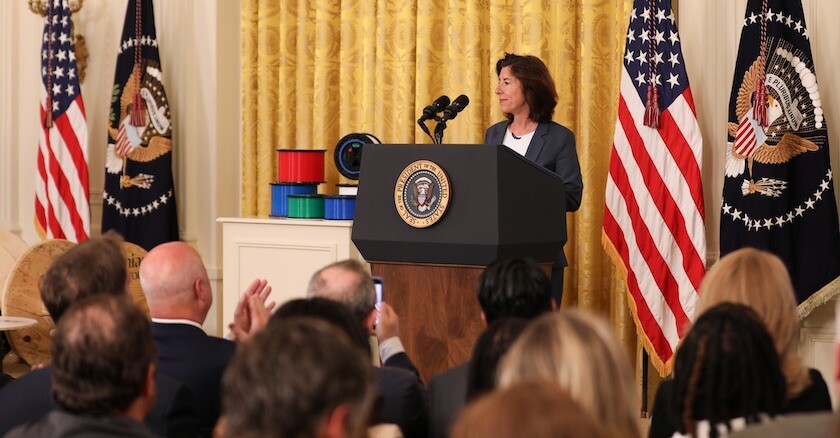The money in question comes from the Infrastructure Investment and Jobs Act, and the Broadband Equity, Access and Deployment (BEAD) Program within it, which totals $42.5 billion. In the simplest terms, that money’s goal is to help every state make high-speed Internet available to 100 percent of its residents. If states achieve that goal, however, they can then use whatever allocated money remains for nondeployment purposes. And, as noted above, at least one state already has a plan for what it would do.
That state is Michigan, where Chief Connectivity Officer Eric Frederick is currently preparing to put any leftover BEAD funding toward digital equity. There’s 12 federally approved uses for leftover money detailed by BEAD’s official funding notice, most of which are in fact related to digital equity. These range from funding digital navigators programs to digital literacy programs for prisoners to direct implementation of state digital equity plans.
Frederick said since the money was allocated, the public and private sectors in his state have done quite a bit of work to expand the availability of high-speed Internet there.
“Where I think the harder long-term problem is, is on the adoption side,” Frederick said. “Once we have the infrastructure, it’s imperative we work to address affordability, digital skills and device availability.”
Those three things are often considered the pillars of digital inclusion work. In other words, if Michigan is able to achieve near-total Internet availability, Frederick said the new priority would then become making sure people are able to afford Internet along with devices to use it. They would also then need digital skills training.
While he can’t predict for certain that Michigan will have leftover BEAD funding — construction costs could fluctuate, or inflation could suddenly drain the allotment — Frederick’s plan for leftover funding would be to create a digital inclusion endowment fund.
With such a fund, Michigan could fund state digital inclusion work in perpetuity with the interest it generates. The state could pay for grants that go to organizations that refurbish devices for the needy. Or, it could pay for digital inclusion work at libraries. Or, it could go toward digital skills training through Michigan’s existing workforce development programs.
The list goes on, but the idea is that in a digitized society, the digital divide is never 100 percent closed. There’s always a new technology looming or a need for better devices or a new skill that people need to master. So by creating an endowment fund, the state would be giving itself money to use annually to address ever-evolving needs.
It’s a concept that’s not without precedent. In Michigan alone, there’s already a Natural Resources Trust Fund that uses interest to support parks, trails and other outdoor activities. There’s also a Rural Development Fund — created over a decade ago — that similarly supports small town communities. That fund, Frederick said, is a bit of an inspiration for what the digital equity fund would look like, because it goes to a variety of uses, all with the shared goal of rural development.
All that said, the plan still needs to be OK'd by the National Telecommunications and Information Administration (NTIA), which oversees the BEAD money and has final say in whether the fund satisfies one of the listed uses for leftovers. If approved, however, it could be a concept that spreads to other states.
For years, digital equity advocatess have called for sustainable government action in this area. While it’s unclear how many states might have leftover money, some models predict as many as 22 states may have nondeployment funds left.
In an email, Jake Varn — who is an associate manager with Pew Charitable Trust’s broadband access initiative — wrote that the amount of funding remaining for nondeployment use will not be known until states complete their challenge processes, among other final steps.
Still, plans like Michigan’s are intriguing, and would potentially move the role of the government beyond merely supporting new infrastructure.
“It’s much easier to put fiber in the ground,” Frederick said, “than to change and address the long-term systemic issues in the digital divide.”









